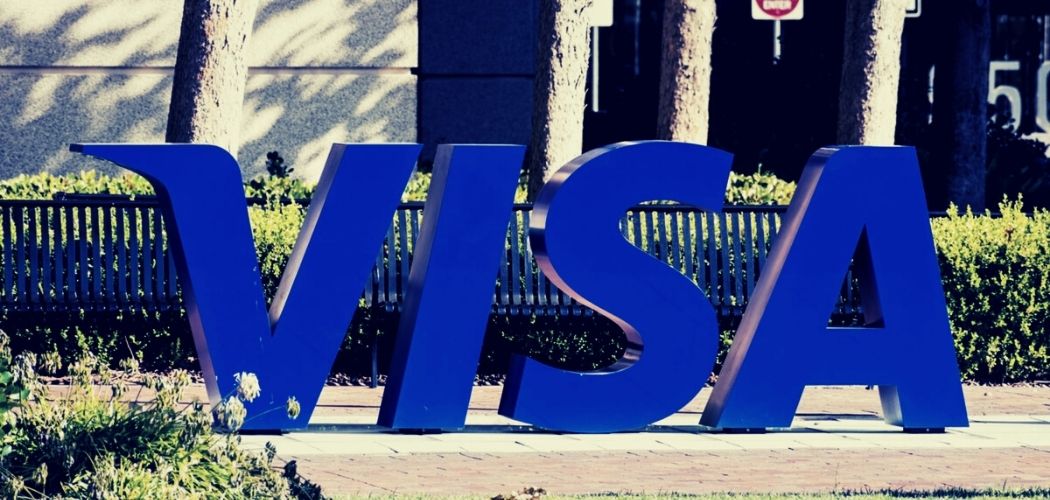Visa has bet big on crypto over the past couple of years, and now its research and product team has announced its new cross-chain Layer-2 interoperability concept, also called the Universal Payment Channel (UPC). The concept hopes to connect multiple blockchain networks and transfer stablecoins and CBDCs between users without a hitch.
The company released a presentation that described the Universal Payment Channel as a hub that would help transfer CBDCs and stablecoins quickly and securely between multiple interconnected blockchains. The UPC will help businesses, consumers, and central banks to exchange value seamlessly.
A Strong Belief In Digital Currencies
Visa is developing the Universal Payment Channel on existing financial services and tools, partially because it strongly supports digital currencies. Visa has stated that it is planning to stay ahead of the current developments that have been seen in CBDCs, and creating a system that would cater to both consumers and merchants would help Visa achieve that.
Visa shared a blog post in which it stated the following,
“We believe that for CBDCs to be successful, they must have two essential ingredients: a great consumer experience and widespread merchant acceptance. It means the ability to make and receive payments, regardless of currency, channel, or form factor. And that’s where Visa’s UPC concept comes in..While UPC would exist in the background for most users, it would deliver the kind of cross-chain interoperability that makes CBDC useful and attractive for consumers and businesses globally.”
UPC will also connect CBDC networks with private stablecoin networks that have been vetted, with UPC’s infrastructure allowing developers to add newer payment channels and deliver high transaction throughput reliably and securely.
Replicating The International Payment Experience On Blockchain
With the UPC, Visa is creating a digital currency equivalent of existing international payment systems and experience. Individuals can pay for a product or service in another country using their debit or credit card, with the funds withdrawn from their account. Currently, that system is based on legacy payment networks that are run by traditional banks and based on traditional fiat currencies.
Visa is replicating the traditional system for the blockchain era and making a huge bet in the belief that stablecoins such as the USDC and CBDCs would become a standard mode of transactions in the near future.
A Well-Timed Announcement
The timing of Visa’s announcement is significant as both stablecoins and CBDCs are receiving considerable interest from governments and regulators around the globe. The White House and the SEC are both scheduled to release reports in the coming weeks, talking about the role of CBDCs and stablecoins in the economy.
While the general consensus is that governments will embrace digital currencies, it is still not clear if this would include privately created stablecoins such as Tether and USDC or whether countries would take the route that China has taken, permitting only state-approved digital currencies. Visa’s decision to create a payment hub for them is a testament to the growing influence of CBDCs and stablecoins.
Visa’s Foray Into NFTs
Visa has also recently made its way into the NFT space, buying its first NFT from the renowned CryptoPunk NFT collection. The CryptoPunk, purchased by Visa for $150,000, depicts a female punk with green eyes, a mohawk, and vivid red lipstick. Visa has chosen Anchorage, a fully regulated custodian bank, to hold custody of the digital asset on Visa’s behalf.
Disclaimer: This article is provided for informational purposes only. It is not offered or intended to be used as legal, tax, investment, financial, or other advice.
Credit: Source link























